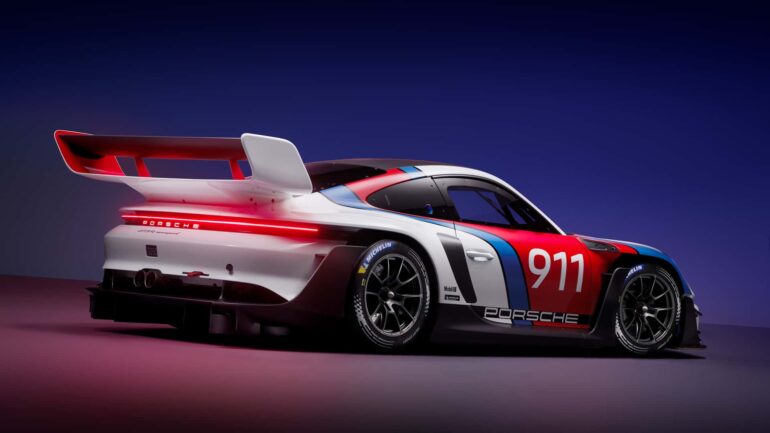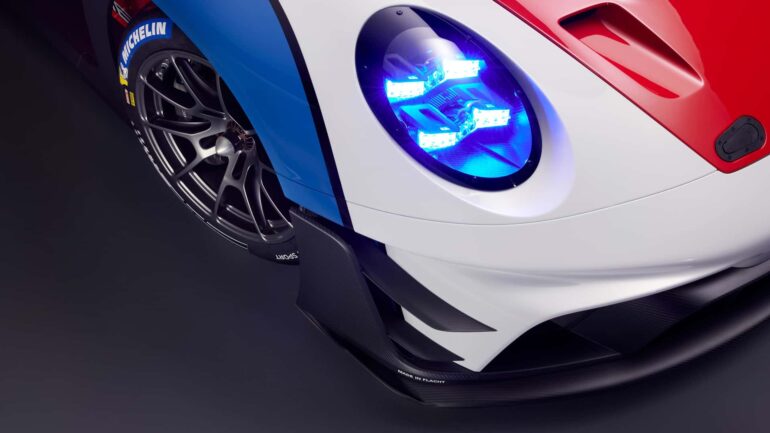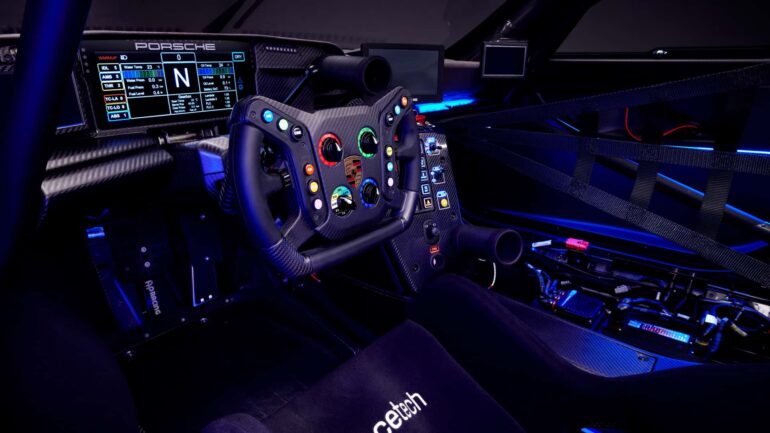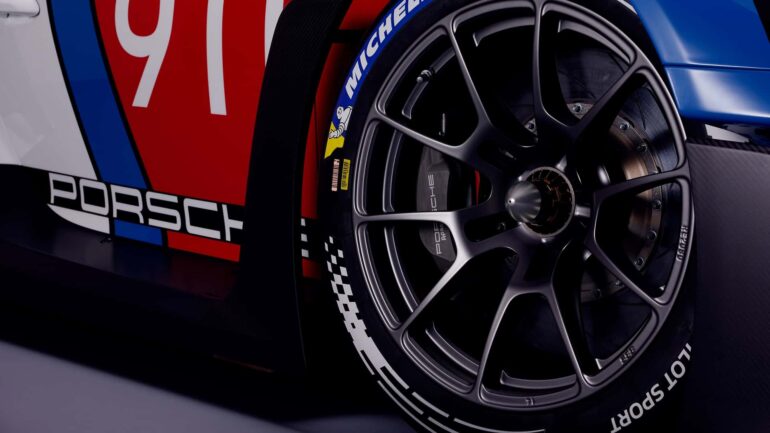
A gorgeous 911 Porsche Sadly, you are unable to drive to work.It is evident that the GT3 Rennsport was never intended to be road-legal because it is based on Porsche’s GT3 race vehicle. Porsche, however, also made the decision to forgo the stringent Balance of Performance regulations that all GT3 vehicles must follow in order to compete in FIA or IMSA races like the Daytona 24 or Le Mans. These oppressive rules essentially set limits on the weight of the vehicle, the gearbox that may be utilized, and the maximum amount of horsepower and aerodynamics that are allowed. Because the 911 GT3 Rennsport is exempt from regulatory constraints, it is a true track beast with an insane design fit for a pin-up poster.

Porsche’s 4.2-liter naturally aspirated flat-six engine, which produces 611 horsepower—55 horsepower more than the GT3 racer—powers the Rennsport. Furthermore, in addition to conventional gasoline, the direct injection is specifically calibrated to run on eFuel and E25 bioethanol.

A sequential six-speed gearbox, which can be shifted using the paddle shifters on the steering wheel, transfers power to the back wheels. The Rennsport is 12 mph faster at the top end than the GT3 R due to a different ratio in the sixth gear. For use on tracks with noise limits, the exhaust system can be configured with catalytic converters and mufflers installed, or it can be left completely open.

Because the GT3 R Rennsport’s whole body is composed of carbon fiber, it is incredibly light. The track car’s aero package, though, is what really sets it apart. The only part from the GT3 car that remains is the front hood; all other panels are custom-made. For reduced drag, the door mirrors have been swapped out for cameras in addition to the reprofiled aero fins and front cooling ducts. The enormous rear wing, though, is the focal point of attention.

It is intended to resemble the famous Porsche 935/77 endurance racer in terms of style. Porsche’s history will be reflected in the variety of liveries available for the GT3 R Rennsport, which include vintage Signal Orange and Star Ruby hues. There will only be 77 produced, and they will all cost about $1 million.